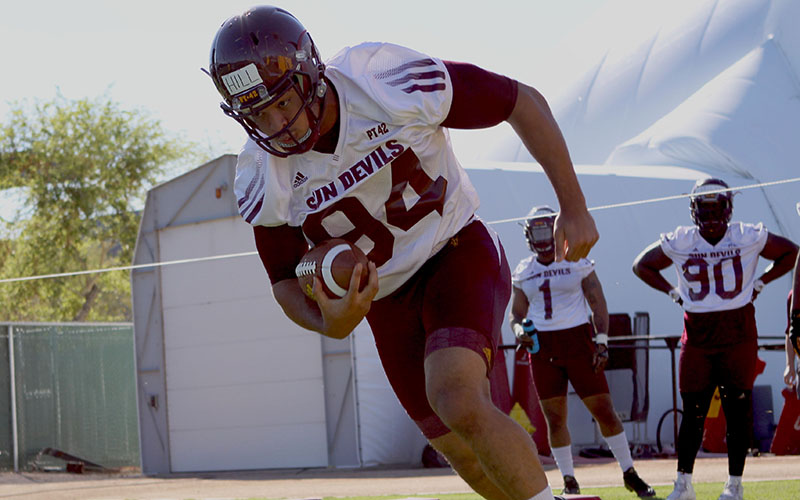PHOENIX — Concussions in athletes have received attention in recent years, but experts are now looking to also address the needs of a large, yet overlooked, population – domestic abuse victims.
One in three women and one in four men have been physically abused by an intimate partner in their lifetime. There are 10 million victims of domestic abuse a year, of which 76 percent are women, said Dr. Glynnis Zieman of the Barrow Neurological Institute.
And that number is underreported, she added.
Most of the blows from an abuser are to one of the most vulnerable parts of the body and, over years of daily and weekly incidents, those hits take a toll.
“In a domestic violence situation, a lot of the abuse is focused on the head,” said Jonathan Lifshitz, director of the Translational Neurotrauma Research Program at the University of Arizona.
Lifshitz said that football players, who encounter significant blows but are supported by on-hand medical assistance at games and in the off-season, have a different brain-injury reality than abuse victims.
“Where does this woman go? She has to live it. The opportunity for recovery is very different,” he said.
Brain injury research has followed soldiers after combat and professional athletes but the subjects have been mostly male, Zieman said. Researchers are just beginning to understand differences between men and women with concussions.
Women typically have smaller heads and weaker necks than men, Zieman said. Female athletes are nearly 1½ times more likely to get a concussion than male athletes playing the same sport.
Women are more likely to have depression, anxiety, and migraines, all of which are common concussion symptoms. That complicates diagnosis and recovery, she said.
Hormones can also play a role. If a significant injury were to occur during puberty, it could fundamentally change the path to adulthood. Zieman also said some research has found that injuries sustained at different points in a woman’s menstrual cycle can alter symptoms and recovery time.
Concussions can cause loss of consciousness, nausea, dizziness, memory loss, and long-term neurological problems that can cloud judgment and hinder speech.
Dr. Amaal Starling of Mayo Clinic/Arizona said concussions and their effects are varied.
“There is not a test that does or does not rule out a concussion,” she said.
She compared a brain to Jello. When it sustains damage, it ripples, and when the brain attempts to restore equilibrium, pathways and brain cells can become mismatched.
Starling and Zieman both spoke on a panel at the Association of Health Care Journalists conference in Phoenix.
The old model of treatment involved “strict rest,” Starling said, keeping patients in dark and quiet rooms and out of school or work. Now, however, physicians and research have found that brief periods of rest, for about one or two days, should start a process of slowly re-engaging patients into school, work, and for athletes, sports.
That’s a significant hurdle for many domestic abuse victims. Lifshitz said re-engaging often means working with a social worker or facing legal battles.
“You can imagine what a trial looks like,” he said. “If the assailant says she has a history of drinking and now she gets on the stand and it sounds like she’s drunk, the jury’s not going to listen to her,” even though a brain injury caused the slurred speech.
Zieman’s team also studied the stigma surrounding domestic violence. About 20 percent of patients had sought medical care before coming to the specialized clinic, even though 81 percent had reported too many injuries to count and about 80 percent said they had lost consciousness from their injuries.
The research and treatment of brain-injured domestic abuse victims is still in its infancy, Lifshitz said. He hopes to see the circle of care he’s worked on, where domestic violence victims are evaluated by law enforcement, physicians, social workers and legal professionals, adopted elsewhere.

